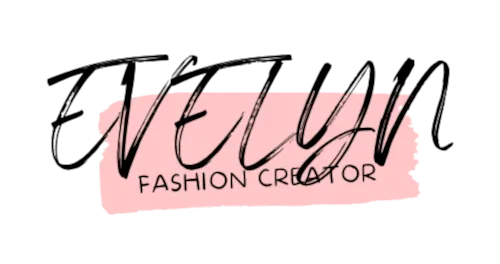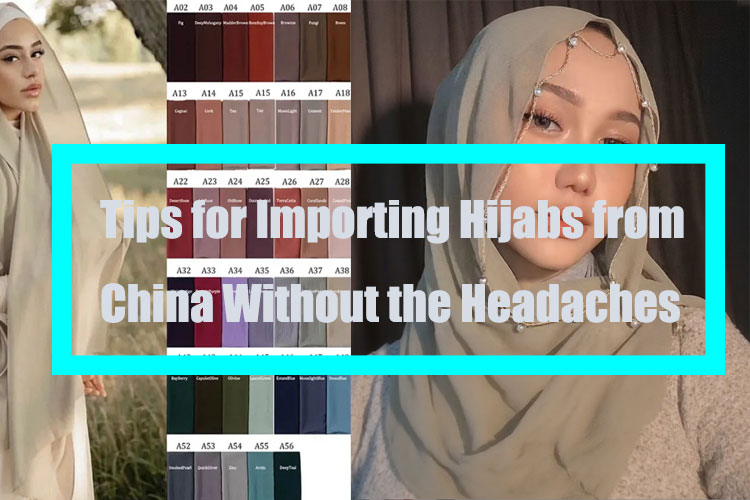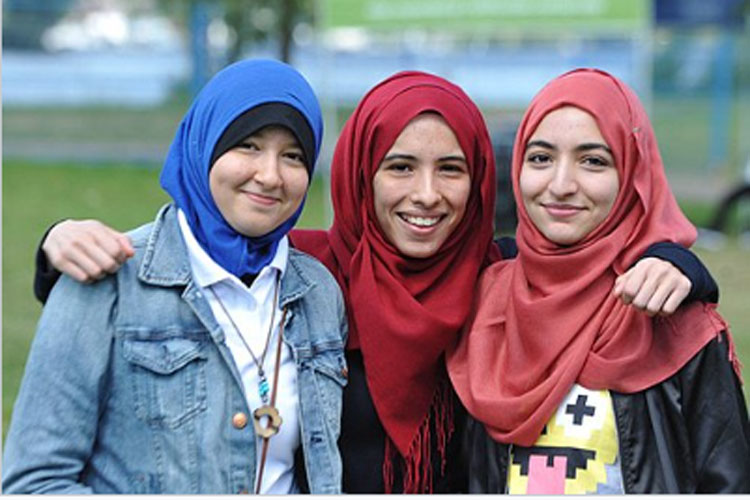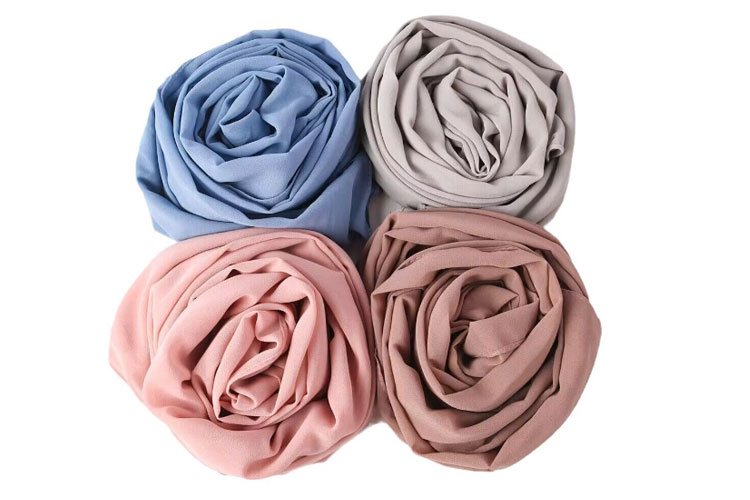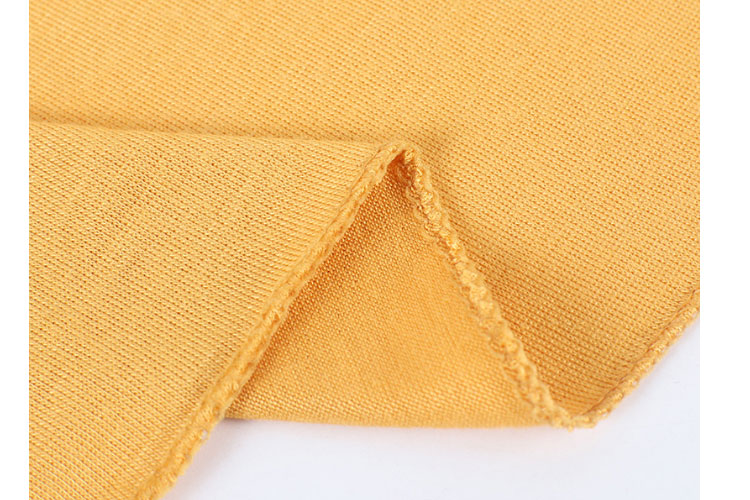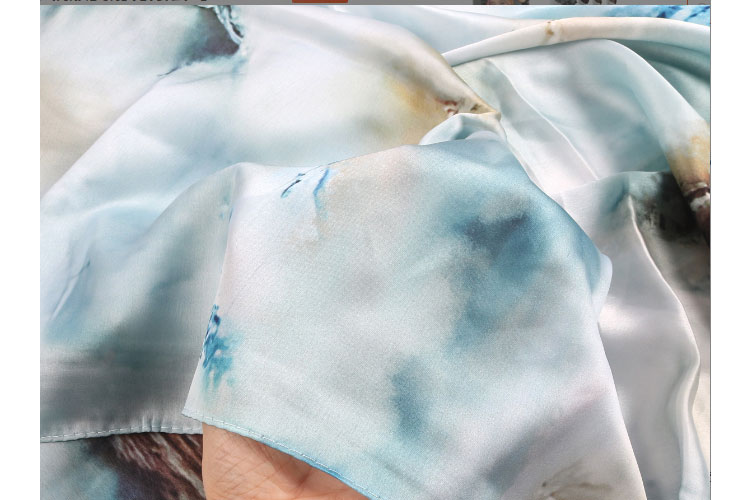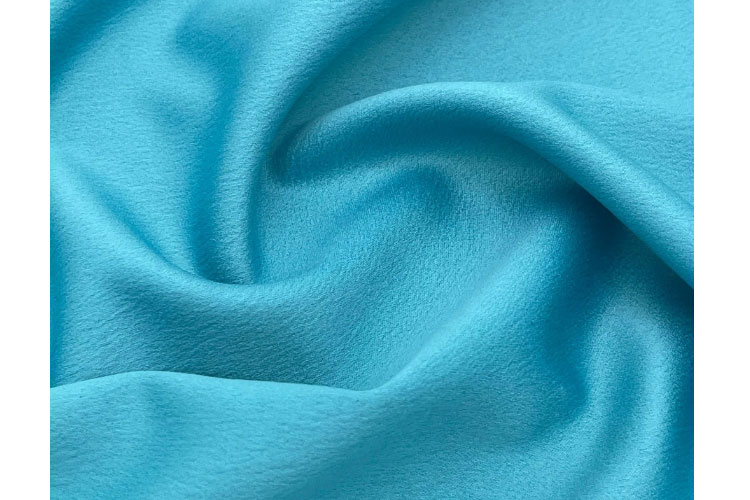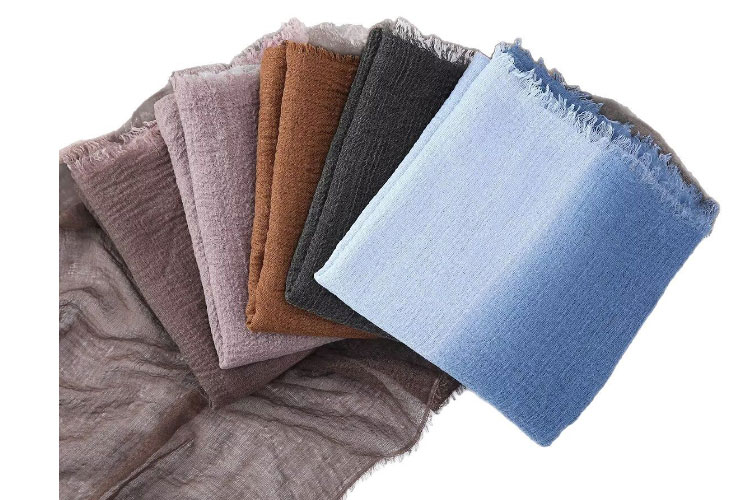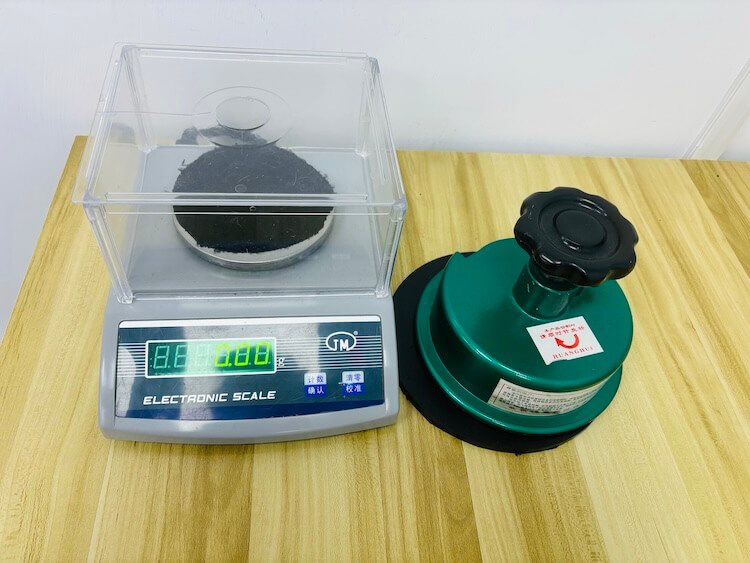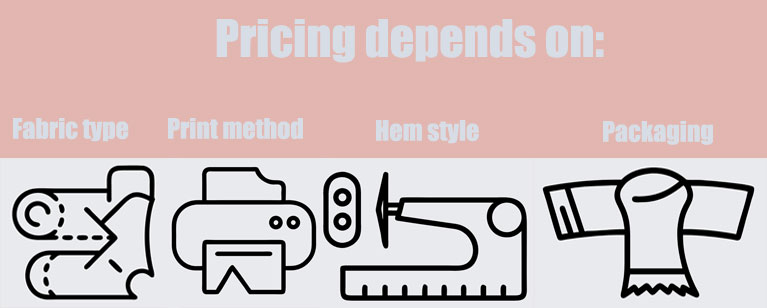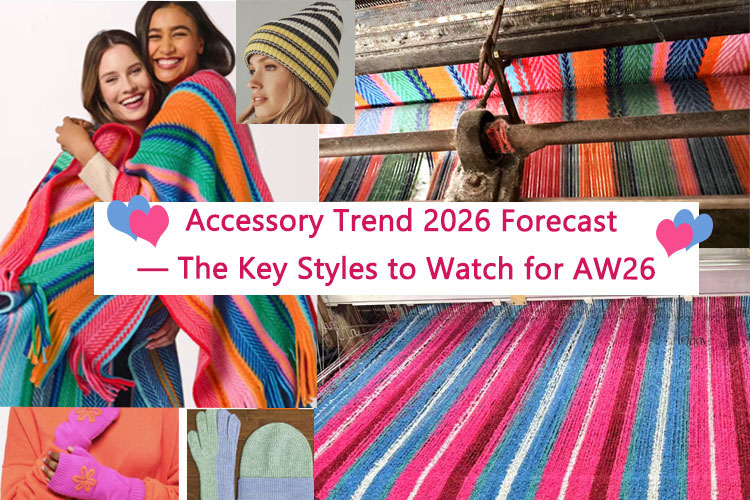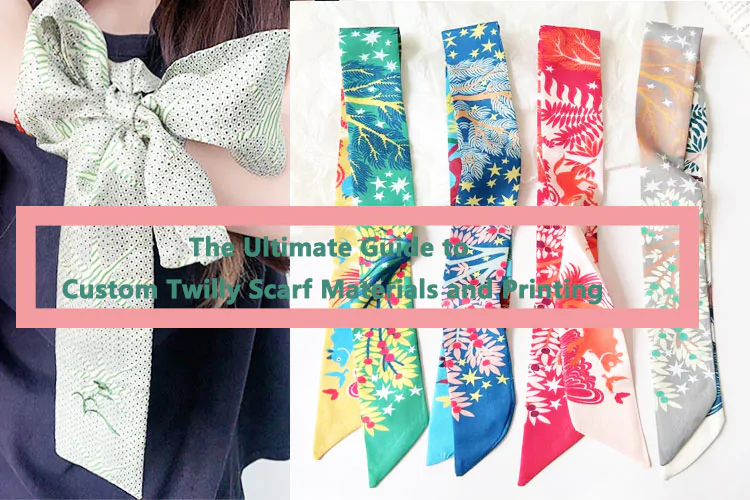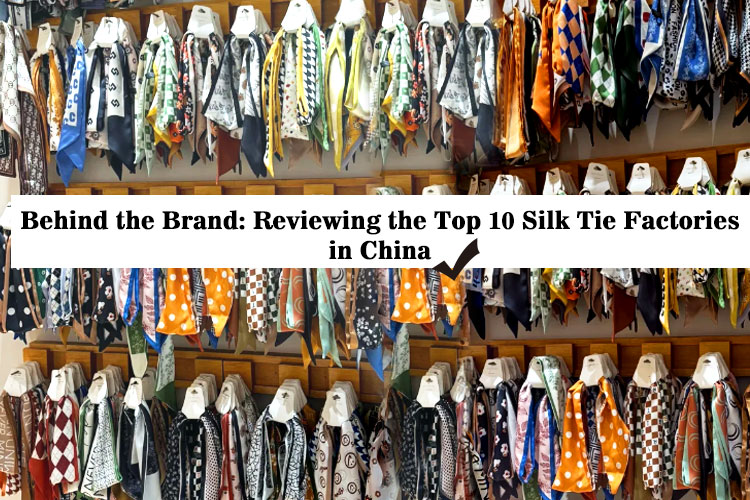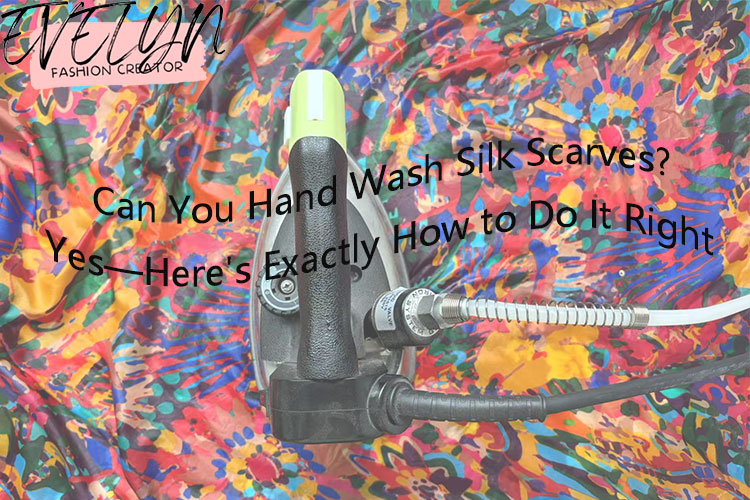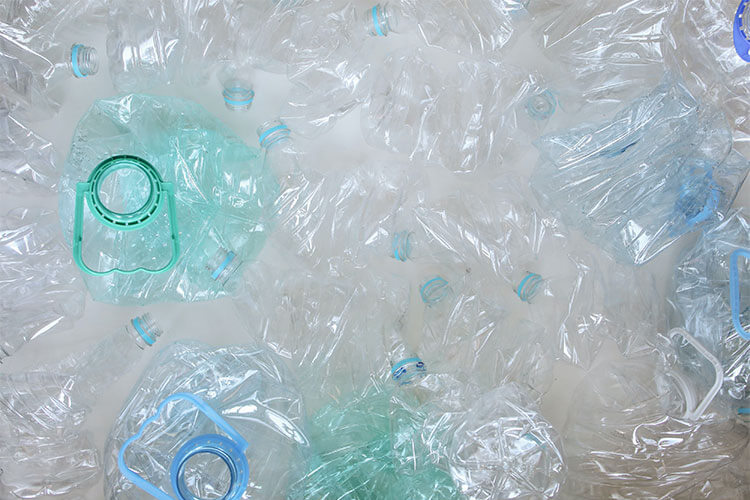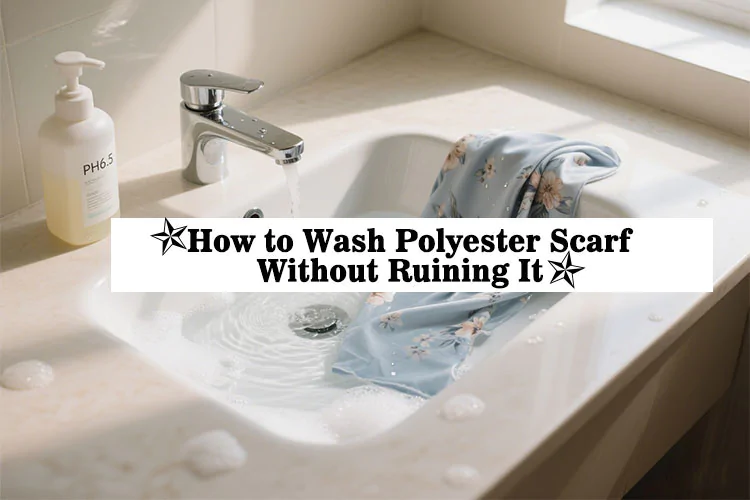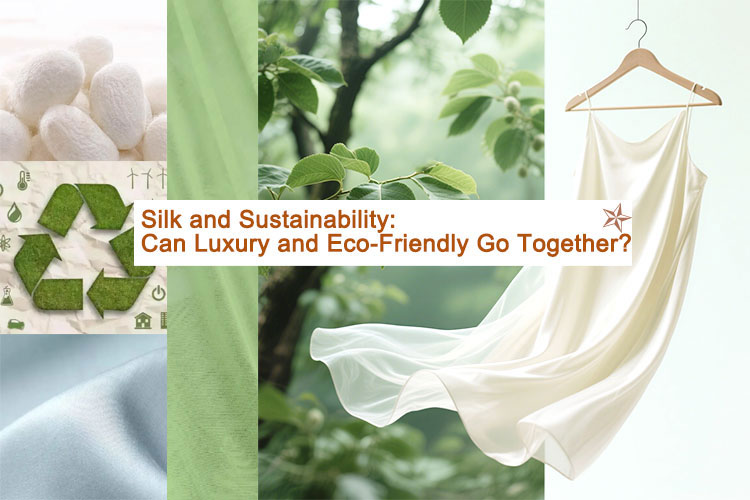Struggling with inconsistent quality, unclear communication, or shipping delays when importing hijabs from China? You’re not alone. I’ve met so many fashion brands and wholesalers who want to tap into the booming modest fashion market—but hit roadblocks when sourcing hijabs. That’s why I’m here to share insider tips from over 10 years of manufacturing and trading experience to help you import with confidence.
Importing hijabs from China can be smooth and cost-effective—if you know what to look for. From selecting materials to managing MOQ, reliable shipping, and supplier communication, a strategic approach saves you time and money.
Hijabs are more than just a scarf—they are a fashion statement, a symbol of identity, and an important category for many growing brands. Let’s dive in.
What Is a Hijab?
The hijab is a head covering traditionally worn by Muslim women for religious and cultural reasons. But in today’s global fashion industry, it’s also part of the modest fashion movement, which is growing rapidly across the globe.
There are many types of hijabs—chiffon, jersey, satin, viscose, and cotton blends. Styles range from casual everyday wear to luxe bridal or formal occasion pieces. Understanding the category helps you make better decisions when buying.
Hijabs have become a top item in many fashion retailers’ collections. Whether you’re targeting Gen Z or a luxury modestwear audience, you’ll find opportunity here.
Why Source Hijabs from China?
If you’re looking for competitive prices, custom design flexibility, and a wide variety of materials, China is the right place. We work with suppliers who offer fabrics such as polyester chiffon, crepe, georgette, jersey, and viscose blends. They’re available in solid colors, prints, metallic weaves, and even laser-cut textures.
We’ve helped clients launch hijab collections from scratch—starting with only a few designs. OEM and ODM services are commonly available, even for new buyers. Some factories offer as low as 300–500 pieces per style.
This flexibility makes it perfect for testing new colors, textures, or regional preferences.
What Problems Should You Watch Out For?
Not everything goes smoothly when importing hijabs—especially if you’re new. Here are the most common challenges:
-
Miscommunication due to language gaps
-
Delayed shipments, especially before Ramadan or Eid
-
Color differences between sample and bulk
-
Weak edges or poor hemming
-
High MOQ if you’re a small brand
Many clients come to us after facing one or more of these issues. They don’t always realize that modestwear has specific quality expectations, like light coverage with opacity or soft fabric without shine.
How Do I Choose the Right Supplier?
First, always ask if the supplier has experience with hijabs or modest fashion products. Then request catalogs and fabric swatches. The feel and drape of fabric matters more than you think.
When we work with new clients, we often do a video call to show the fabric behavior live. If the factory can’t accommodate that—it may be a red flag.
Ask about:
-
Their past hijab orders
-
Sampling policy
-
Labeling options (like hang tags or care labels)
-
Their production timeline
Trust and clarity are key here. The more transparent a factory is, the fewer surprises you’ll have.
What Are the Best Fabrics for Hijabs?
Different customers prefer different textures. Here’s what’s popular across our orders:
-
Chiffon: Lightweight, soft drape, slightly sheer. Needs pins.
-
Jersey: Soft stretch, easy to wear, no pins needed.
-
Silk satin (or polyester satin): Shiny, elegant, used for events.
-
Georgette/Crepe: Grainy texture, semi-sheer but elegant.
-
Viscose/cotton blends: Breathable, easy-care, everyday friendly.
Always request a GSM (grams per square meter) rating to measure thickness. Some customers also ask for “no-fray” hemming or overlock stitching.
We recommend testing samples under real usage (washing, pinning, outdoor wear) before confirming bulk orders.
Can I Customize My Hijabs?
Absolutely! We help clients add:
-
Printed logos (invisible or decorative)
-
Care labels and hang tags
-
Custom packaging: satin pouches, zipper bags, recycled boxes
-
Branding in Arabic, English, or French
-
Matching undercaps or pins as accessories
Customization helps your brand stand out—especially for gift boxes or Ramadan bundles.
What About MOQ and Pricing?
Typical MOQ for hijabs is 100pcs per style. However, we help many brands bundle multiple colors under one style code to reach MOQ.
Want to launch with 3 styles and 5 colors each? That’s doable. Some stock fabric options allow lower MOQ. Others require dyeing or printing, which pushes the minimum higher.
If you’re worried about MOQ, start with chiffon—it’s widely available and affordable.
Pricing depends on:
-
Fabric type
-
Print method (digital/screen)
-
Hem style
-
Packaging
How to Handle Shipping & Duties?
Hijabs are light but bulky when packaged. If you’re in a rush, air freight is best. For large quantities, sea freight saves money.
Know your country’s HS code for hijabs or scarves. Duties vary. We often help clients use smaller parcels under certain thresholds to reduce cost—legally and transparently.
Want to avoid logistics issues? Use a freight forwarder or let us manage shipping with DDP (Delivered Duty Paid) services.
Can I Build Long-Term Supplier Relationships?
Yes—if you do it right. Communicate clearly. Confirm everything in writing. Build slowly. Start with samples, move to small batch, then bulk.
One mistake I’ve seen often: skipping inspections. We do QC inspection for every order—fabric, hemming, packaging—to avoid costly issues later.
Many of our hijab clients started small and now reorder every season. When the trust builds, everything flows better.
Pro Tips from Evelyn Fashion
I always remind clients to wash new hijabs before packaging—especially those with dyed fabric. A soft rinse removes residual chemicals or softeners.
Also, keep your seasonal calendar tight. Most factories are busiest June–October, so plan ahead for Ramadan or Eid drops.
If you target niche markets—like sports hijabs, teenage hijabis, or breathable workwear hijabs—tell your supplier early so they can recommend better materials.
Conclusion
Importing hijabs from China doesn’t have to be complicated. With the right supplier, clear communication, and attention to quality, you can build a standout modest fashion brand—without the stress. At Evelyn, we’re always here to help bring your vision to life.
